Blood flow restriction (BFR) training, a novel technique in the field of rehabilitation and sports medicine, has been gaining traction because of its benefits in muscle growth and recovery. Although the validity of BFR’s role in muscle hypertrophy is well documented, the question has arisen as to whether the low loads associated with BFR therapy leave the associated tendons behind in terms of growth, thus increasing the risk of tendon injury. This blog post delves into what BFR training entails, the science behind its effectiveness, and how it can be applied to treat and improve tendon size and strength both for rehabilitation and overall health.
What is Blood Flow Restriction Training?
Blood flow restriction training, also called blood flow restriction therapy, involves applying a cuff to the proximal part of the arm or leg to safely restrict both venous and arterial blood flow to the involved limb. This type of training is typically conducted while performing low-intensity resistance exercises, between 30-40% of one’s one repetition maximum (1RM). The idea is to create an environment within the limb that mimics the effects of high-intensity workouts (>65% 1RM), thereby promoting muscle strength and hypertrophy with significantly reduced loads. The reduced load is critical because many people can not lift heavy loads but still need the stimulus to increase muscle size and strength. These individuals may be older, injured, post-surgical, or just not able to tolerate heavy weights.
The Science Behind BFR Training
The mechanism of BFR training hinges on the concept of creating a hypoxic (low oxygen) environment for the targeted muscles. When the muscles are deprived of oxygen, they are forced to work harder to perform even low-intensity exercises. When hypoxia is combined with muscular tension, muscle protein synthesis, type II muscle fiber recruitment, and cellular swelling, which are all critical factors in muscle growth and recovery, are stimulated. Also evidence of both local and systemic endocrine signaling that may play a role in strength and hypertrophy has been found.
BFR training leads to the accumulation of metabolites further down the limb or distal to the cuff. Metabolites like lactate and hydrogen ion, which are believed to help in the production of growth hormone and testosterone (Yinghao et al., 2021), stem cells (Montgomery et al., 2019), and vascular endothelial growth factors (Ferguson et al., 2018) all critical players in tissue repair and growth. Notably, the application of BFR at low intensities helps prevent the strain and stress that high-intensity workouts impose on muscles and tendons, making it a suitable option for both injury rehabilitation and post-surgical rehabilitation.
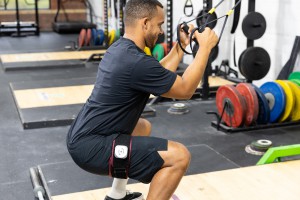
BFR Training for Tendon Health
Tendons, the tough bands of fibrous connective tissue that connect muscles to bones, require a balanced approach to strengthening healthy tissue and healing injured tissue. BFR has been shown to increase size and strength in healthy tendons (Vergara et al., 2023), tendinopathies (Yow et al., 2018), and post-surgical rehabilitation(Gerber et al., 2004). Tendon injuries, such as tendinopathies, are notoriously slow to heal because of the low blood supply to these structures. Current thinking is that damaged tissue never fully heals, so new tissue needs to be formed around the injured tissue. (Docking & Cook, 2019) Herein lies the potential of BFR training to contribute positively to tendon health:
1. Enhanced Collagen Synthesis: Research indicates that BFR therapy can increase the synthesis of collagen in tendons, which is vital for their strength and flexibility. The stress caused by the restricted blood flow followed by reperfusion when the cuffs are released (free flow) may encourage collagen production in the tendon tissues. Proper nutrition plays an important role in enhancing collagen synthesis. (Baar, 2019)
2. Reduced Load on Tendons: Since BFR training can be performed with lower loads, it allows individuals with tender or healing tendons to strengthen the muscles around the tendon without placing excessive stress on it. This is particularly beneficial in the early stages of tendon rehabilitation, both post-surgical and during the injury process.
3. Pain Management: There is evidence that BFR training can help in reducing pain perception, which is a common issue in chronic tendinopathies. The exact mechanism is not well understood but is believed to be linked to the muscle fatigue induced by BFR, which may alter pain signals sent to the brain.

Implementing BFR Training in Tendon Rehabilitation
To safely incorporate BFR training in the context of tendon health, it is crucial to follow a structured approach under professional guidance. Here’s a step-by-step guide on how to get started:
– Consultation with a Healthcare Professional: Before beginning any new exercise regimen, particularly one involving blood flow restriction training, it is essential to consult with a healthcare professional, such as a physical therapist or a sports medicine doctor certified in BFR. They can provide guidance based on the specific tendon issue and overall health. Not everyone is a candidate for BFR based on injury type and the individual’s medical history. Diagnostics such as MRI or Diagnostic Ultrasound may be necessary to understand the degree of injury and how long the recovery process may take.
– Proper Equipment: Use FDA-listed blood flow restriction cuffs that are designed for this type of training. These BFR cuffs offer precise control over the amount of applied pressured via limb occlusion pressure calibration, which ensures safety and effectiveness.
– Starting with Low Intensity: Begin with exercises that are low in intensity but effective in stimulating the muscles around the injured tendon. Gradually increase the intensity as tolerated. My favorite technique is to use isometric contractions in the early stages, three times per week.
– Monitoring and Adjustment: Regularly monitor the response to BFR training. Any signs of extreme discomfort or adverse effects should prompt an immediate reassessment of the technique and adjustments by a professional.
– Integration with Other Therapies: Combine BFR training with other rehabilitation modalities such as Extra Corporeal Shock Wave Therapy (ECSW), Dry Needling (DN), Instrument Assisted Soft Tissue Manipulation (IASTM), or Active Release Technique (ART) for the best results. Don’t forget to address not only the injured site but also look for tissue and joint movement abnormalities (aka densification of the tissue) above and below the focused tissue.
Conclusion
Blood flow restriction training represents a promising advancement in the rehabilitation of tendon injuries and the enhancement of tendon health. By allowing for muscle and strength development at lower intensities, BFR training can help manage the delicate balance between exertion and recovery in tendon rehabilitation. With proper implementation and supervision, BFR can be a valuable tool in the arsenal against tendon-related issues, offering a safe and effective pathway to faster recovery and stronger, more resilient tendon structures.
For anyone considering BFR training, particularly for tendon health, it’s crucial to approach this method thoughtfully and under the guidance of professionals who can tailor the program to individual needs and ensure safety throughout the process. As research continues to evolve, the scope and efficacy of BRF training will become more apparent, potentially opening new avenues for effective treatment options in physical therapy, sports performance, and longevity.
About the Author:
Ed Le Cara, RN, DC, PhD, MBA, ATC, CSCS is the owner and full-time clinician at Body Lounge Park Cities in Dallas, TX, and the director of education for SmartTools. Dr. Le Cara can be reached on LinkedIn.
Reference list
Baar, K. (2019). Stress Relaxation and Targeted Nutrition to Treat Patellar Tendinopathy. International Journal of Sport Nutrition and Exercise Metabolism , 29 (4), 453-457. https://doi.org/10.1123/ijsnem.2018-0231
Docking, S. I., & Cook, J. (2019). How do tendons adapt? Going beyond tissue responses to understand positive adaptation and pathology development: A narrative review. J Musculoskelet Neuronal Interact, 19 (3), 300–310.
Ferguson, R. A., Hunt, J. E. A., Lewis, M. P., Martin, N. R. W., Player, D. J., Stangier, C., . . . Turner, M. C. (2018). The acute angiogenic signalling response to low-load resistance exercise with blood flow restriction. Eur J Sport Sci , 1-10. https://doi.org/10.1080/17461391.2017.1422281
Gerber, C., Meyer, D. C., Schneeberger, A. G., Hoppeler, H., & von Rechenberg, B. (2004). Effect of tendon release and delayed repair on the structure of the muscles of the rotator cuff: an experimental study in sheep. J Bone Joint Surg Am , 86-A (9), 1973-1982.
Montgomery, R., Paterson, A., Williamson, C., Florida-James, G., & Ross, M. D. (2019). Blood Flow Restriction Exercise Attenuates the Exercise-Induced Endothelial Progenitor Cell Response in Healthy, Young Men. Frontiers in Physiology, p. 10. https://doi.org/10.3389/fphys.2019.00447
Tendinitis | UK Healthcare. https://www.ukhealthcare.uky.edu/orthopaedic-surgery-sports-medicine/conditions/general-orthopaedics/tendinitis
Vergara, I. B., Puig-Diví, A., Alonso, B. A., & Milà-Villarroel, R. (2023). Effects of low-load blood flow restriction training in healthy adult tendons: A systematic review and meta-analysis. Journal of Bodywork and Movement Therapies.
Yinghao, L., Jing, Y., Yongqi, W., Jianming, Z., Zeng, G., Yiting, T., & Shuoqi, L. (2021). Effects of a blood flow restriction exercise under different pressures on testosterone, growth hormone, and insulin-like growth factor levels. Journal of International Medical Research , 49 (9), 030006052110395. https://doi.org/10.1177/03000605211039564
Yow, B. G., Tennent, D. J., Dowd, T. C., Loenneke, J. P., & Owens, J. G. (2018). Blood flow restriction training after Achilles tendon rupture. The Journal of Foot and Ankle Surgery , 57 (3), 635-638.
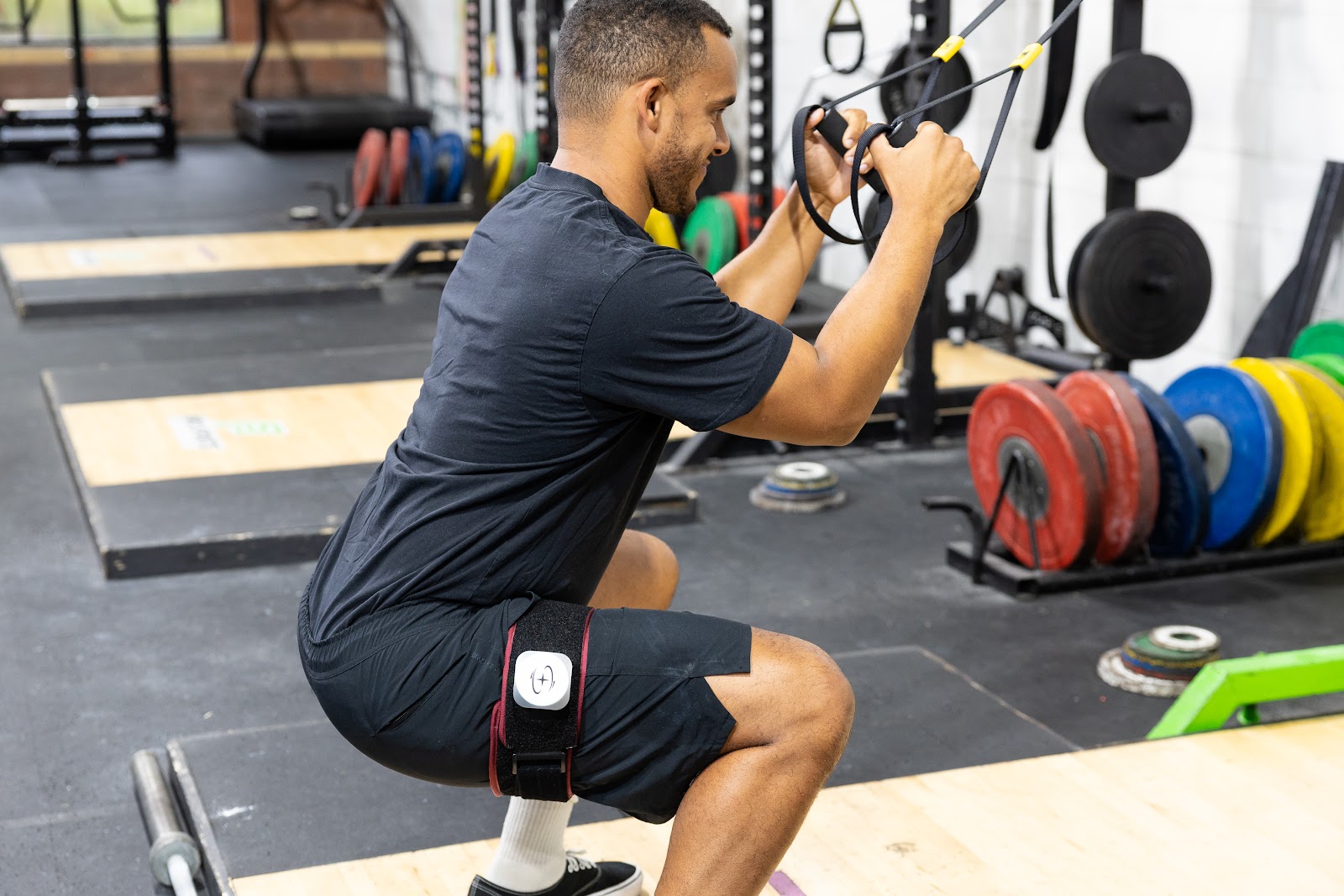

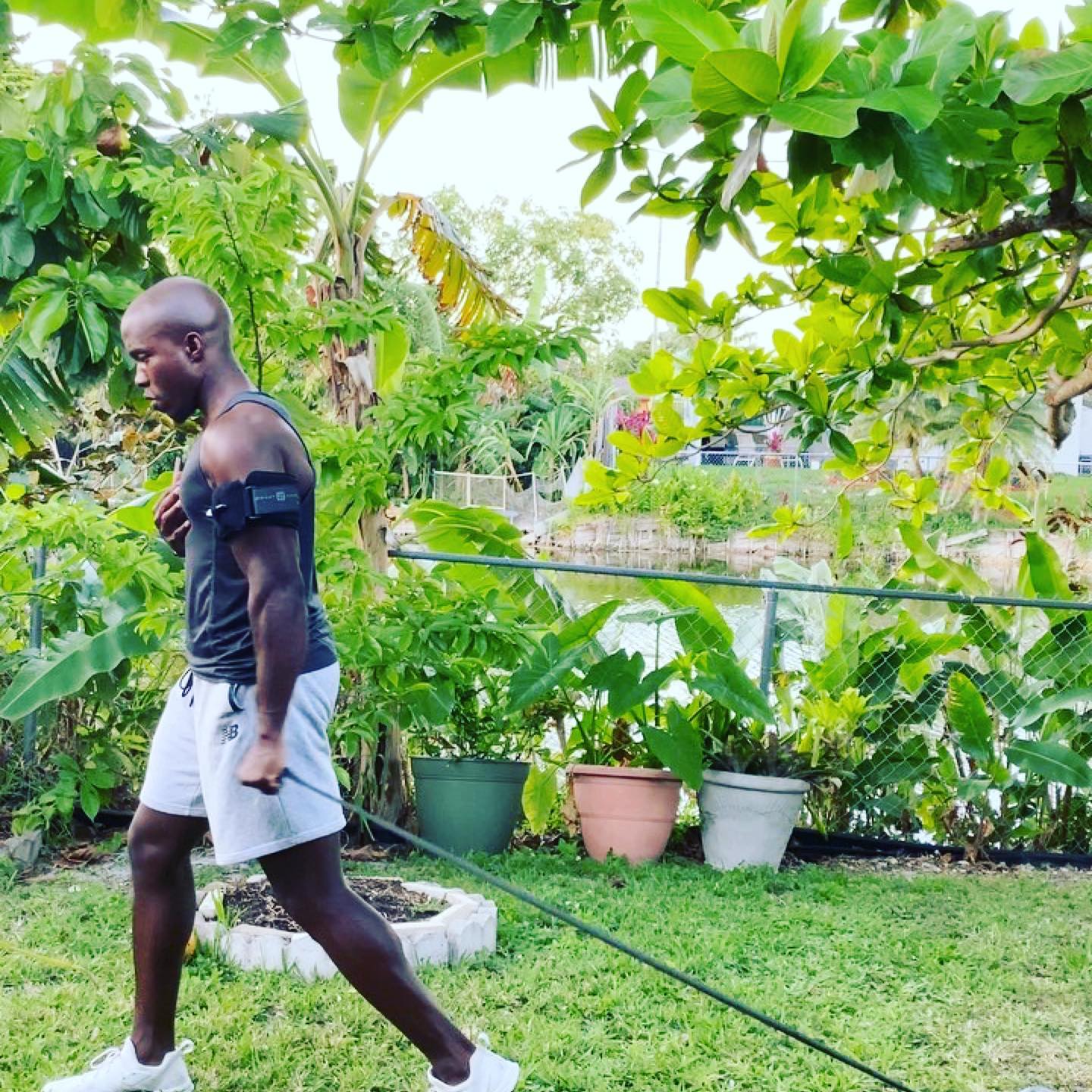
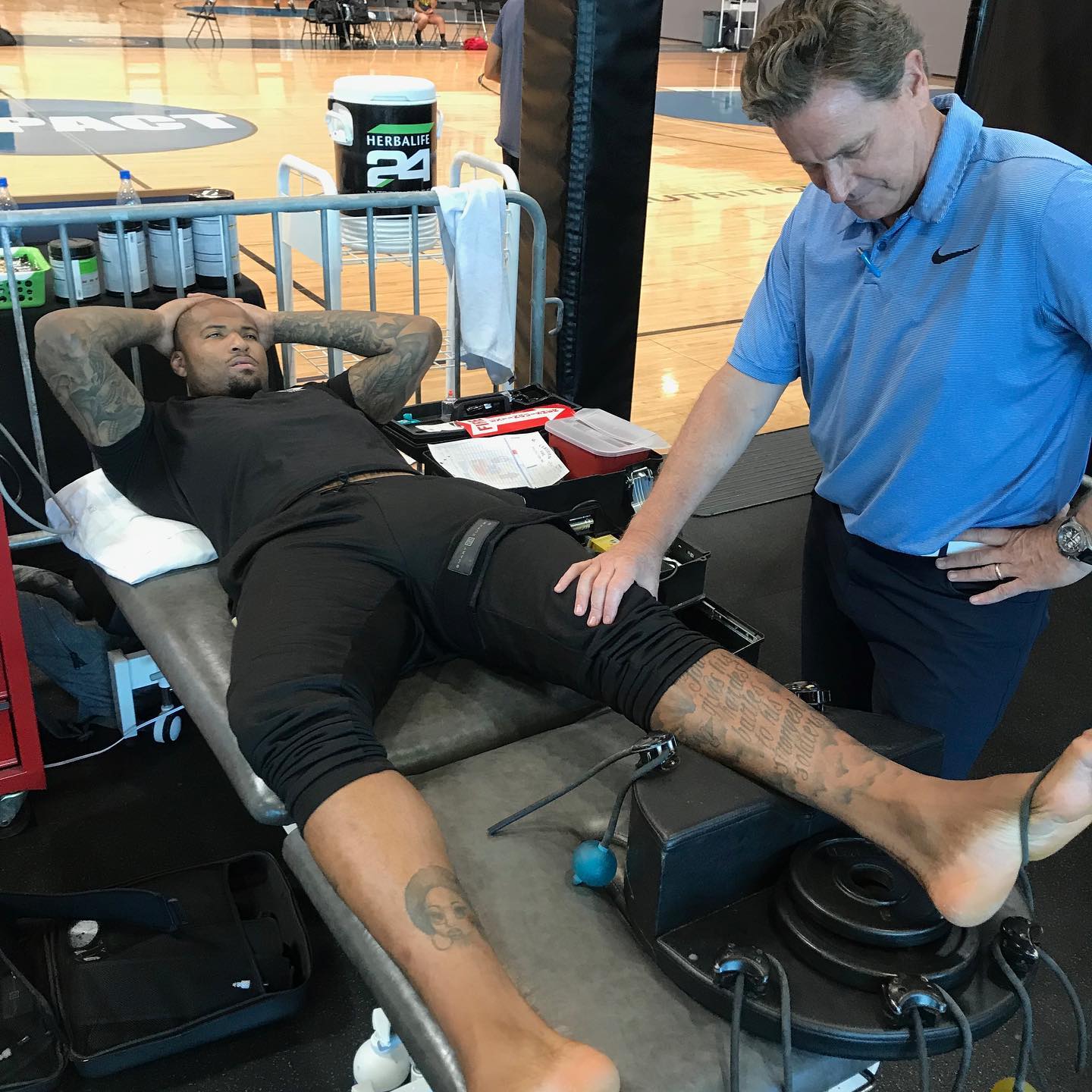
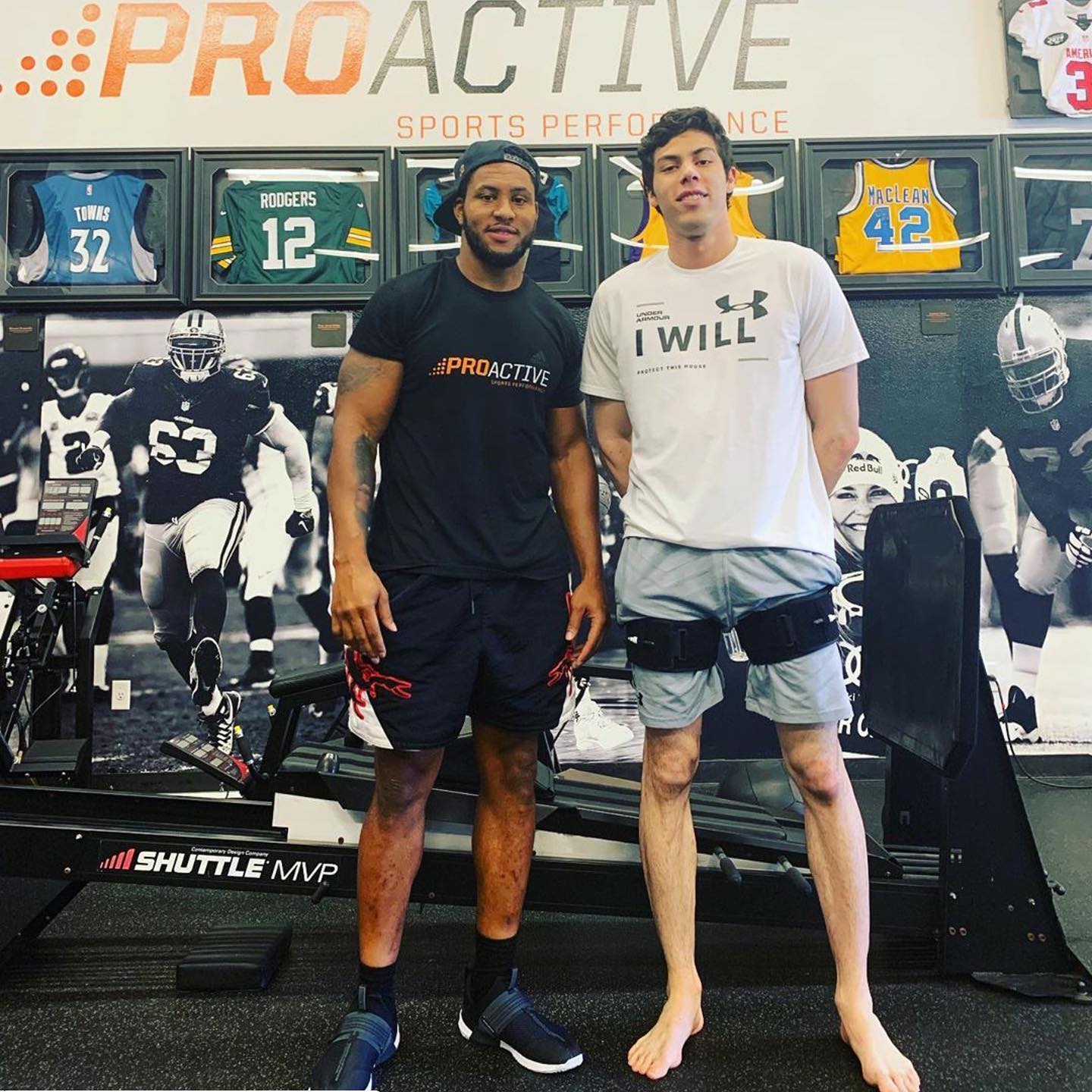

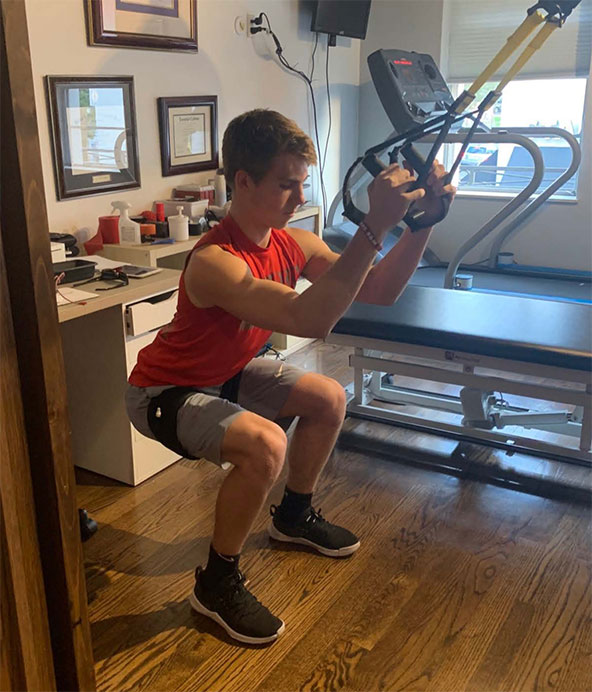

 About the Author:
About the Author: